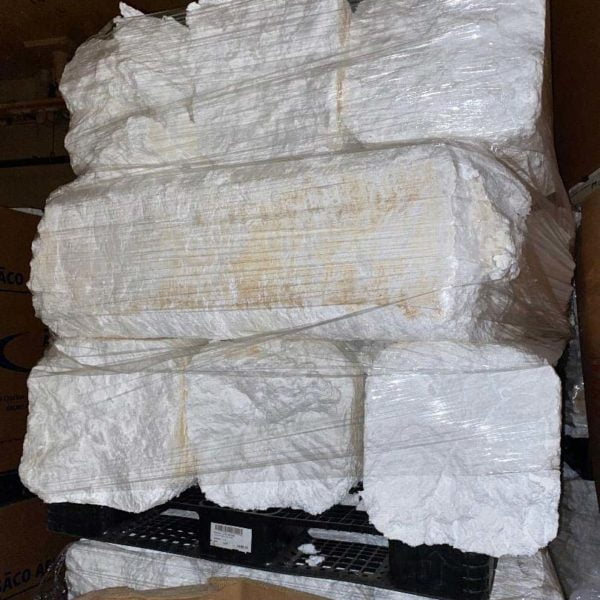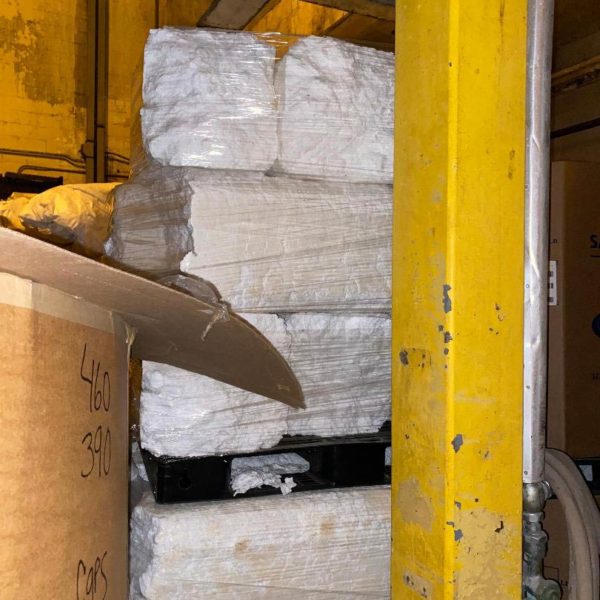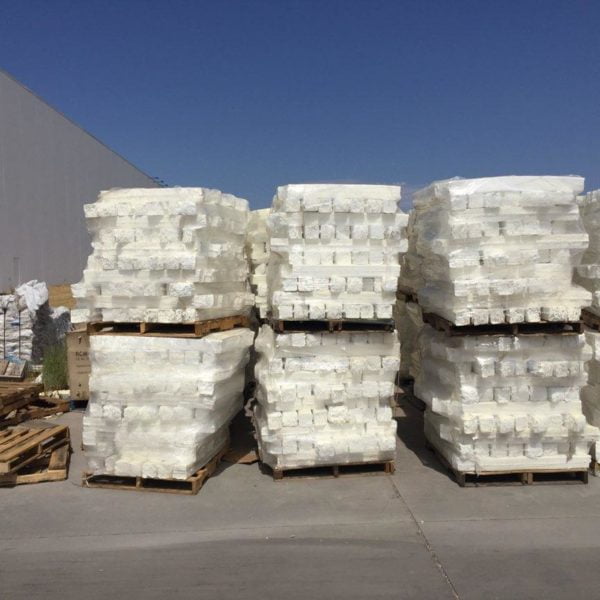Expanded polystyrene foam (EPS) is a versatile plastic used to make a variety of products like food containers, protective packaging, and insulation materials. While convenient, EPS poses an environmental challenge due to its slow decomposition rate and tendency to break into smaller pieces that can pollute ecosystems. Recycling EPS is an effective solution to reduce its environmental impact and conserve resources.
The Recycling Process
EPS recycling typically involves several steps:
- Collection: EPS products are collected from households, businesses, and recycling facilities.
- Sorting and Cleaning: The collected EPS is sorted by type and cleaned to remove any debris or contaminants.
- Densification: EPS is a lightweight material composed mostly of air. It is compacted using special densifiers to reduce its volume and make transportation more efficient.
- Processing: The densified EPS is then shredded, melted, and extruded into new plastic products or feedstock for manufacturing.
Recycling Methods
There are two main methods for recycling EPS:
- Mechanical Recycling: This traditional approach involves physically processing the EPS into new plastic products. It’s a well-established method but may be limited by contamination levels.
- Chemical Recycling: This innovative technique breaks down the EPS into its basic molecular components, which can then be used to produce new plastics or other chemicals. It is less affected by contamination but more complex and costly.
Both methods play a role in increasing EPS recycling rates and creating a more circular economy for this material.
Benefits of EPS Recycling
Recycling EPS offers numerous environmental, economic, and social benefits, including:
- Reducing waste and pollution in landfills and oceans
- Conserving energy and resources by reusing existing plastic
- Creating new products and economic opportunities from recycled EPS
- Raising public awareness about responsible waste management
As recycling infrastructure and technologies continue to improve, EPS recycling is becoming an increasingly viable and sustainable solution.
Getting Involved
To support EPS recycling efforts, individuals and businesses can take the following actions:
- Properly dispose of EPS products through designated recycling programs or drop-off locations.
- Support companies and initiatives that prioritize EPS recycling and sustainable practices.
- Advocate for better recycling policies and infrastructure in your community.
- Consider alternatives to EPS products when possible, such as reusable or biodegradable options.
By working together, we can significantly reduce the environmental impact of EPS and move towards a more circular and sustainable economy.
The text you provided looks good grammatically. Here it is with a couple of minor tweaks:
EPS Foam Recycling Services
Scrap Management purchases post-consumer and post-industrial EPS foam for recycling from sources across most U.S. states.
We provide convenient pick-up services to collect EPS foam, whether loose pieces or densified bales. Our logistics network transports the collected EPS to our recycling facilities.
At our facilities, the EPS foam undergoes processing into recycled polystyrene for manufacturing new products.
We adhere to industry standards and best practices for sustainable EPS foam recycling. Organizations and individuals can responsibly manage their EPS waste streams by partnering with us.
Contact us about our EPS foam recycling services, regardless of your volume. We’ll support your sustainability objectives by diverting this valuable material from landfills into the recycling cycle.



